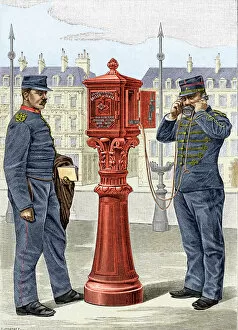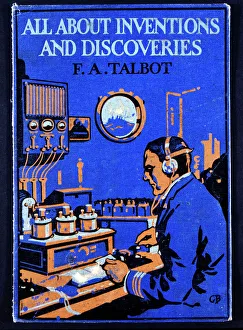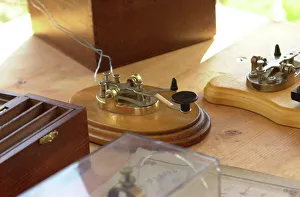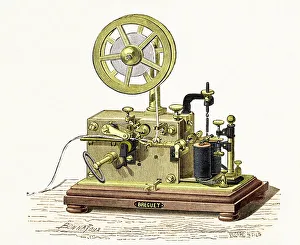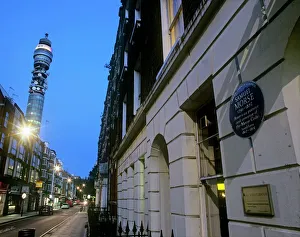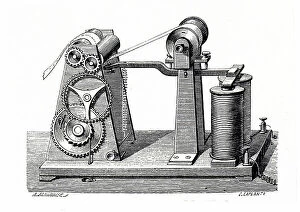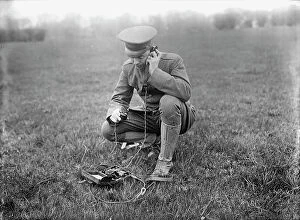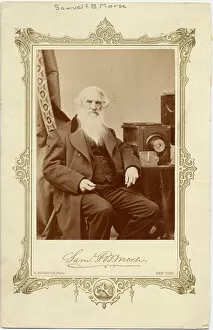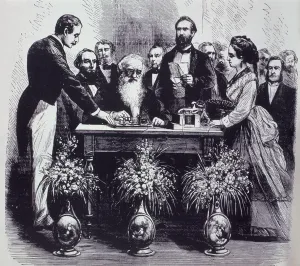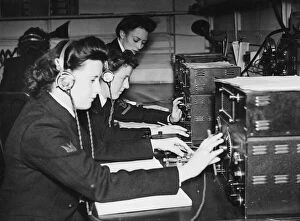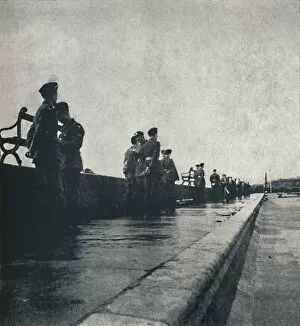Morse Code Collection
"Morse Code: A Language of Communication Through Dots and Dashes" In the early days, before modern technology took over, Morse code was a lifeline for many
All Professionally Made to Order for Quick Shipping
"Morse Code: A Language of Communication Through Dots and Dashes" In the early days, before modern technology took over, Morse code was a lifeline for many. It served as an early fire brigade street alarm, alerting communities to danger with its distinctive series of dots and dashes. On board ships in 1916, wireless officers would send messages using Morse code, ensuring vital information reached its destination. The telegraph key from the 1860s became synonymous with this unique language. Telegraph receivers were carefully tuned to decipher the encoded messages transmitted through wires across vast distances. These devices bridged gaps and connected people like never before. Morse code represented both old and new methods of communication. As time progressed, it remained relevant even amidst advancements in technology. The picture showcasing "The Victory Dress" exemplifies how fashion itself embraced this universal language. Samuel Morse's name is inseparable from his creation; he dedicated himself to perfecting this system that revolutionized communication. An engraving immortalizes him alongside his invention - a testament to his ingenuity and impact on society. Notably an American painter as well, Samuel Finlay Breese Morse left behind a legacy that extended beyond just inventing Morse code. His contributions spanned various fields, leaving an indelible mark on history. From The Sphere's lithograph in April 1912 comes a glimpse into the practical use signals during critical moments – emphasizing its importance during times of crisis or emergency. A daguerreotype captures Samuel Morse between 1844-1860 - a man whose vision forever changed human interaction by enabling swift transmission of messages across vast distances. Finally, a chromolitho depiction showcases the iconic image of the Morse telegraph - an instrument that brought people closer together despite physical barriers or geographical boundaries. Morse code remains more than just dots and dashes; it symbolizes humanity's relentless pursuit for effective communication throughout history.

